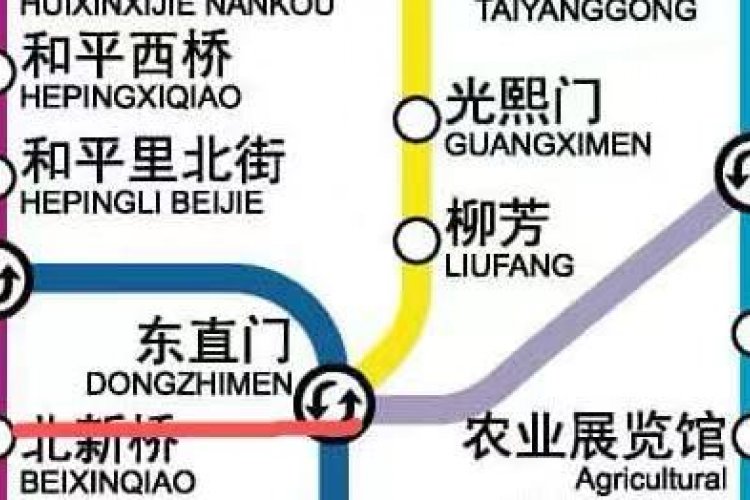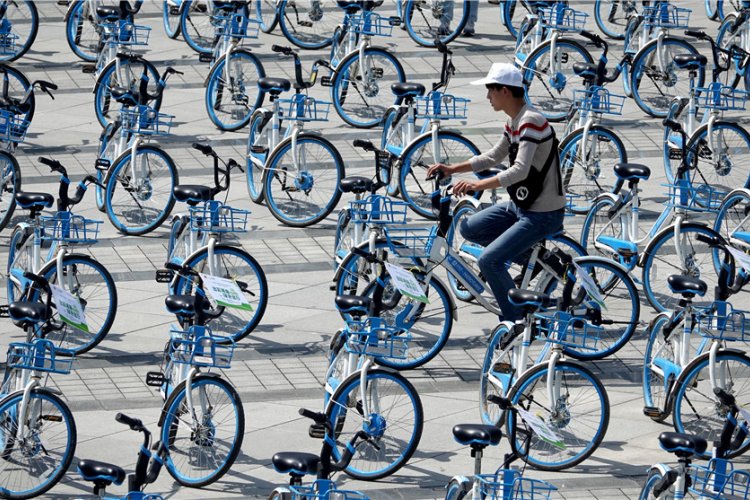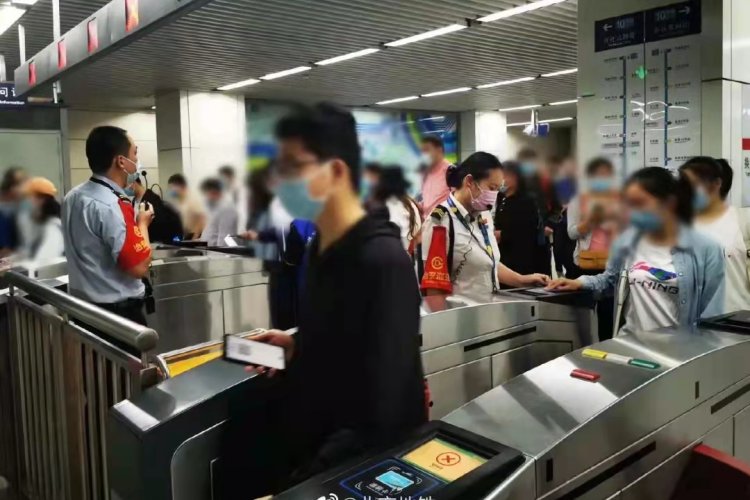An Ode to Beijing Subway Adverts
I am always fascinated with the omnipresence of Beijing subway adverts. On our commute from Station A to Station B, a friend of mine and I tried to count them all. There were at least 20 different types.
They are on the entrance/exit light boxes (1), the escalator panels (2) and walls (3), the wall posters (4)/light boxes (5), and the crowding check fences (6). When you finally reach the platform, they are on the columns (7), the screen doors (8), the suspended TVs (9), the rear projection TVs by the screen doors (10), the light boxes behind the tracks (11), and sometimes stretched to the entire platform, which makes a killer publicity stunt.
Compared with their outdoor counterparts, which are glanced at in a hurry at most, subway media gets a substantial amount of visual time. Taking in-car media as an example, a passenger's average commute is 26.1 minutes. It’s harder to tune them all out in an enclosed environment. They are on the handle bars (12), the banners (13), the doors (14), the TVs (15), and with a premium package they wrap around every surface including the floor (16), the ceiling (17) and the seats (18).

As soon as you let your guard down, hundreds of LED bars/screens (19) evenly placed inside the 200- to 800-meter tunnels between two adjoining stations hit you with a full-frontal through the window, and you find yourself both annoyed and fascinated by the cinematic illusion (although these types of adverts are mostly only seen on Line 2 and Line 4 and are less common these days).

Some other elusive means include but are not limited to strangers approaching with unsolicited chat-ups (20) asking for xiaohongshu follows or charity donations.
In 2014, Amazon Kindle launched a critically acclaimed campaign at Shanghai's Jing'an Temple subway station, after their official China launch in June 2013. They placed 2,000 books (4GB's worth – a kindle’s full capacity), as selected by 50,000 readers who participated in the online survey, on a bookshelf measuring 2.8 meters by 25.6 meters (aka your entire family library) surrounding a standardized light box. The light box next to the books glaringly read “Wanna take away all the books from here and enjoy reading anytime anywhere? A Kindle Paperwhite does the trick.” The Baidu index for “Kindle e-book” increased by 135 percent within one week of the launch of the campaign.
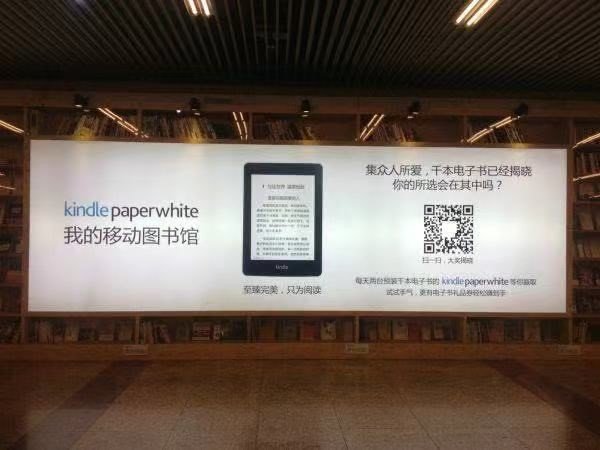
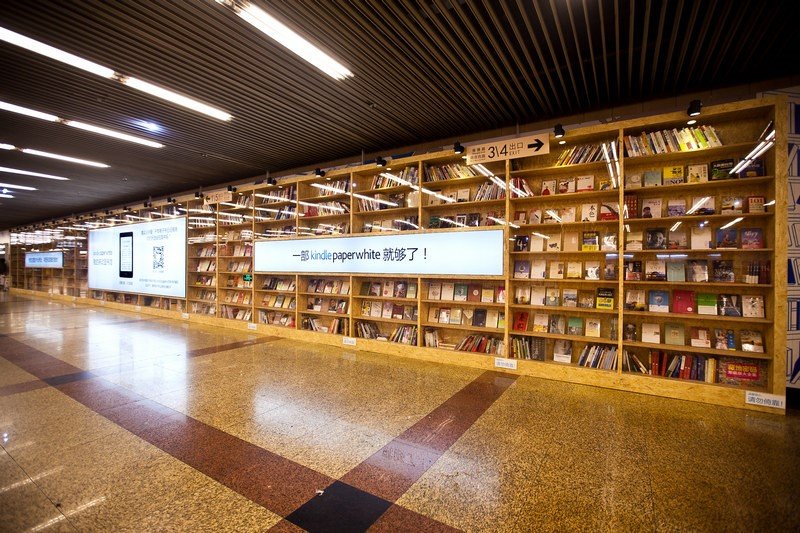
In 2017, Netease Cloud Music launched a “Music Comments Express” in Hangzhou. The concise, touching content struck a chord with the depleted, lonely commuters, and served as an emotional carrier, highlighting the social aspect of the app.

The campaign continued to brew as people raved about it and was soon carried to Beijing’s Tuanjiehu station in a slightly different form. The app rose from third place to first place in music apps, and from 35th place to 16th place in free apps. The number of comments multiplied three times, and the press release on their official WeChat account became their first post to ever reach 100,000+ reads, five times their usual rates.

Let’s not forget the infamous long walks between major transfer hubs. Quite a few years back, Amazon Kindle took over the light boxes on opposing walls between Line 14 and Line 10 in Dawanglu, a Level S station (aka most expensive, according to their website) in Beijing.
Being bombarded with the kindle walk twice a day even corrupted the stubborn paperback-reader-to-the-core part of me, with an added point from a friend: “You can want a book this minute and have it the next,” almost tempting me to buy one.
Well, subway adverts certainly won't be going anywhere anytime soon, so here’s to seeing more creative, engaging adverts with compelling visuals and less of those repetitive, intrusive adverts on Beijing subways in the future.
READ: If Scents Could Talk: Want a Scent That Speaks to You?
Images: Nancy Lee, @网易云音乐, Man Made Marvels E05: Beijing Subway System By Discovery Asia, 知乎@深圳市广告投放



